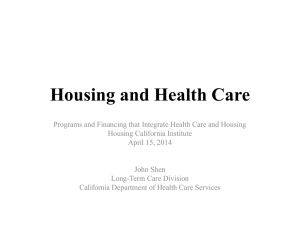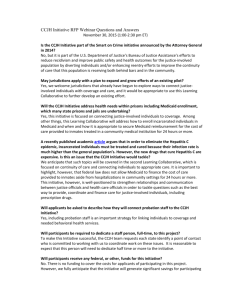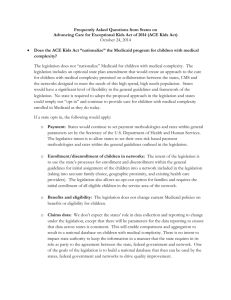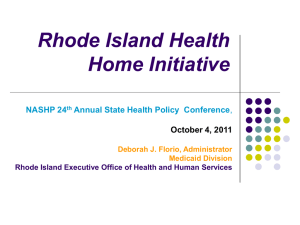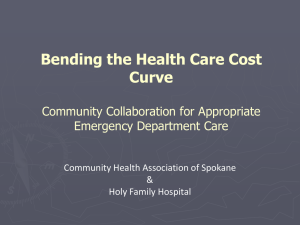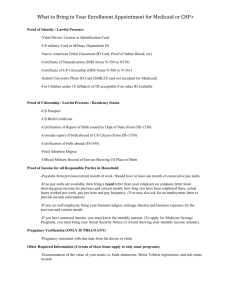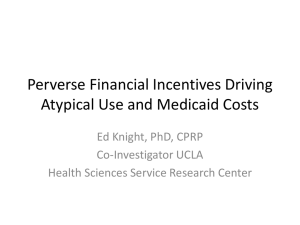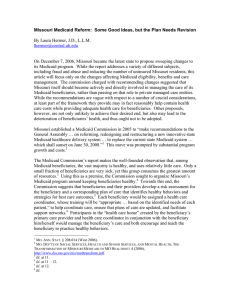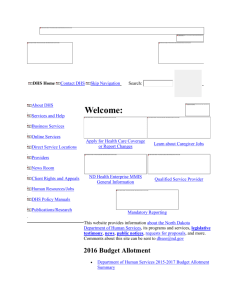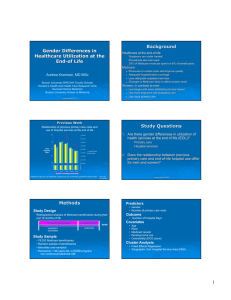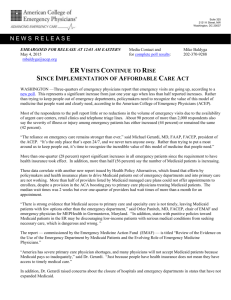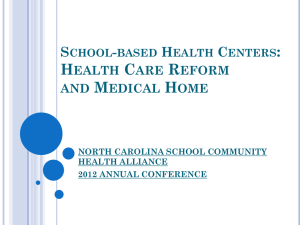Using Geographic Information Systems and Spatial Analysis to
advertisement
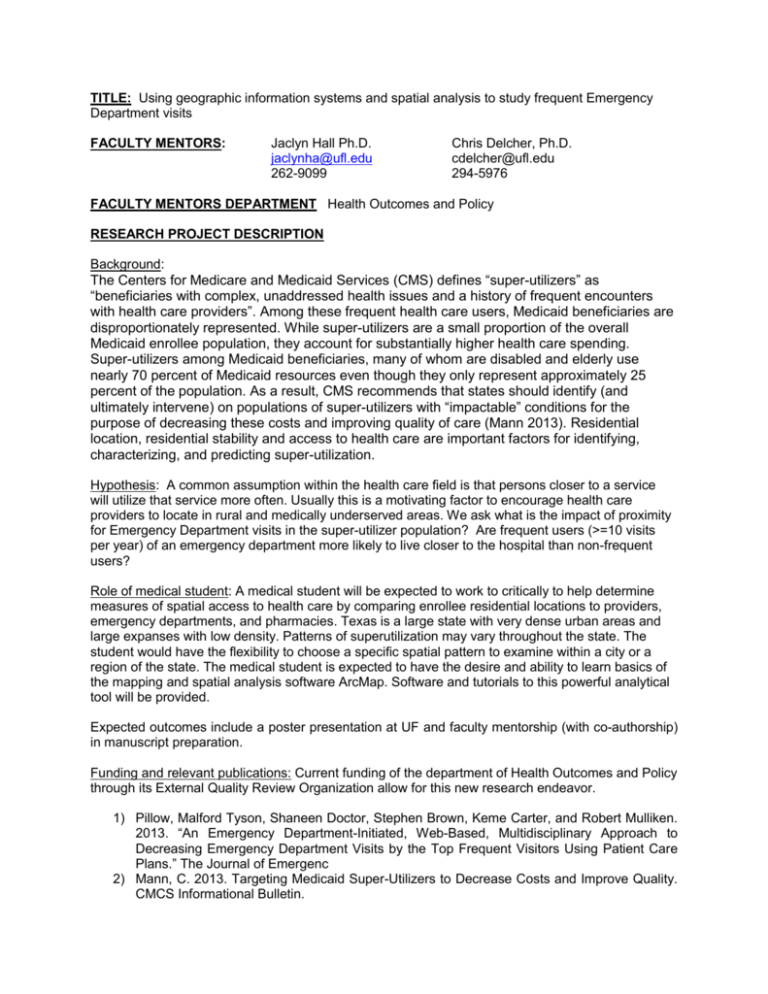
TITLE: Using geographic information systems and spatial analysis to study frequent Emergency Department visits FACULTY MENTORS: Jaclyn Hall Ph.D. jaclynha@ufl.edu 262-9099 Chris Delcher, Ph.D. cdelcher@ufl.edu 294-5976 FACULTY MENTORS DEPARTMENT Health Outcomes and Policy RESEARCH PROJECT DESCRIPTION Background: The Centers for Medicare and Medicaid Services (CMS) defines “super-utilizers” as “beneficiaries with complex, unaddressed health issues and a history of frequent encounters with health care providers”. Among these frequent health care users, Medicaid beneficiaries are disproportionately represented. While super-utilizers are a small proportion of the overall Medicaid enrollee population, they account for substantially higher health care spending. Super-utilizers among Medicaid beneficiaries, many of whom are disabled and elderly use nearly 70 percent of Medicaid resources even though they only represent approximately 25 percent of the population. As a result, CMS recommends that states should identify (and ultimately intervene) on populations of super-utilizers with “impactable” conditions for the purpose of decreasing these costs and improving quality of care (Mann 2013). Residential location, residential stability and access to health care are important factors for identifying, characterizing, and predicting super-utilization. Hypothesis: A common assumption within the health care field is that persons closer to a service will utilize that service more often. Usually this is a motivating factor to encourage health care providers to locate in rural and medically underserved areas. We ask what is the impact of proximity for Emergency Department visits in the super-utilizer population? Are frequent users (>=10 visits per year) of an emergency department more likely to live closer to the hospital than non-frequent users? Role of medical student: A medical student will be expected to work to critically to help determine measures of spatial access to health care by comparing enrollee residential locations to providers, emergency departments, and pharmacies. Texas is a large state with very dense urban areas and large expanses with low density. Patterns of superutilization may vary throughout the state. The student would have the flexibility to choose a specific spatial pattern to examine within a city or a region of the state. The medical student is expected to have the desire and ability to learn basics of the mapping and spatial analysis software ArcMap. Software and tutorials to this powerful analytical tool will be provided. Expected outcomes include a poster presentation at UF and faculty mentorship (with co-authorship) in manuscript preparation. Funding and relevant publications: Current funding of the department of Health Outcomes and Policy through its External Quality Review Organization allow for this new research endeavor. 1) Pillow, Malford Tyson, Shaneen Doctor, Stephen Brown, Keme Carter, and Robert Mulliken. 2013. “An Emergency Department-Initiated, Web-Based, Multidisciplinary Approach to Decreasing Emergency Department Visits by the Top Frequent Visitors Using Patient Care Plans.” The Journal of Emergenc 2) Mann, C. 2013. Targeting Medicaid Super-Utilizers to Decrease Costs and Improve Quality. CMCS Informational Bulletin.



